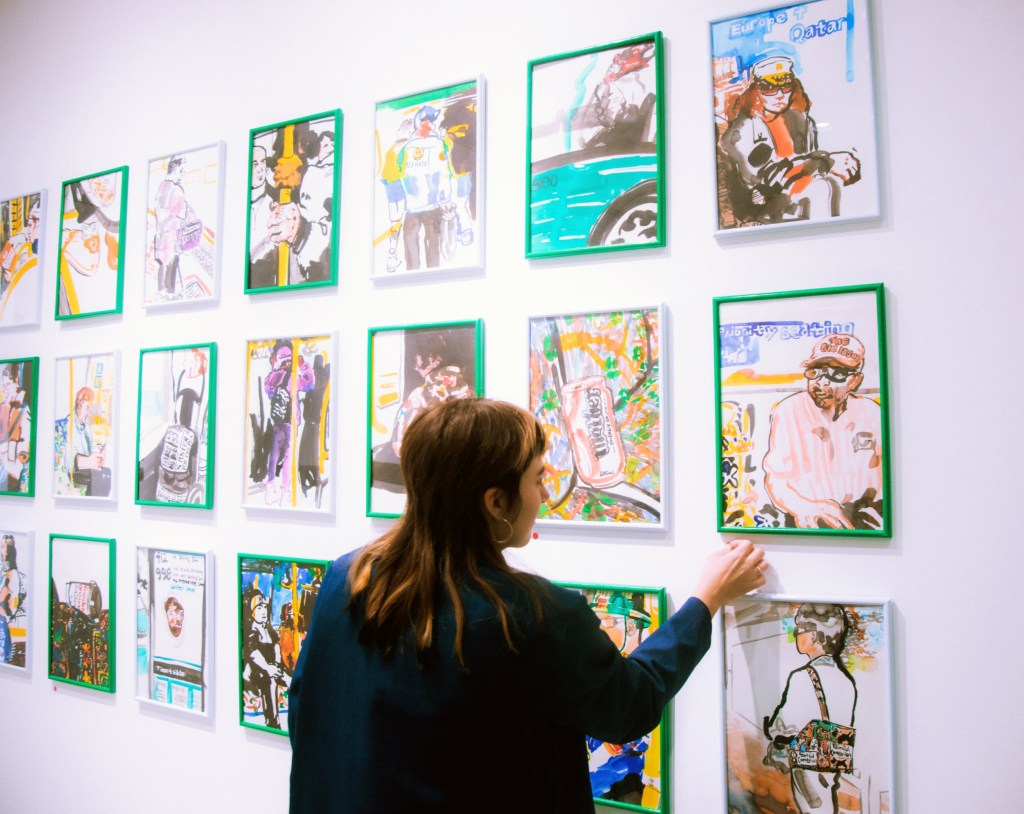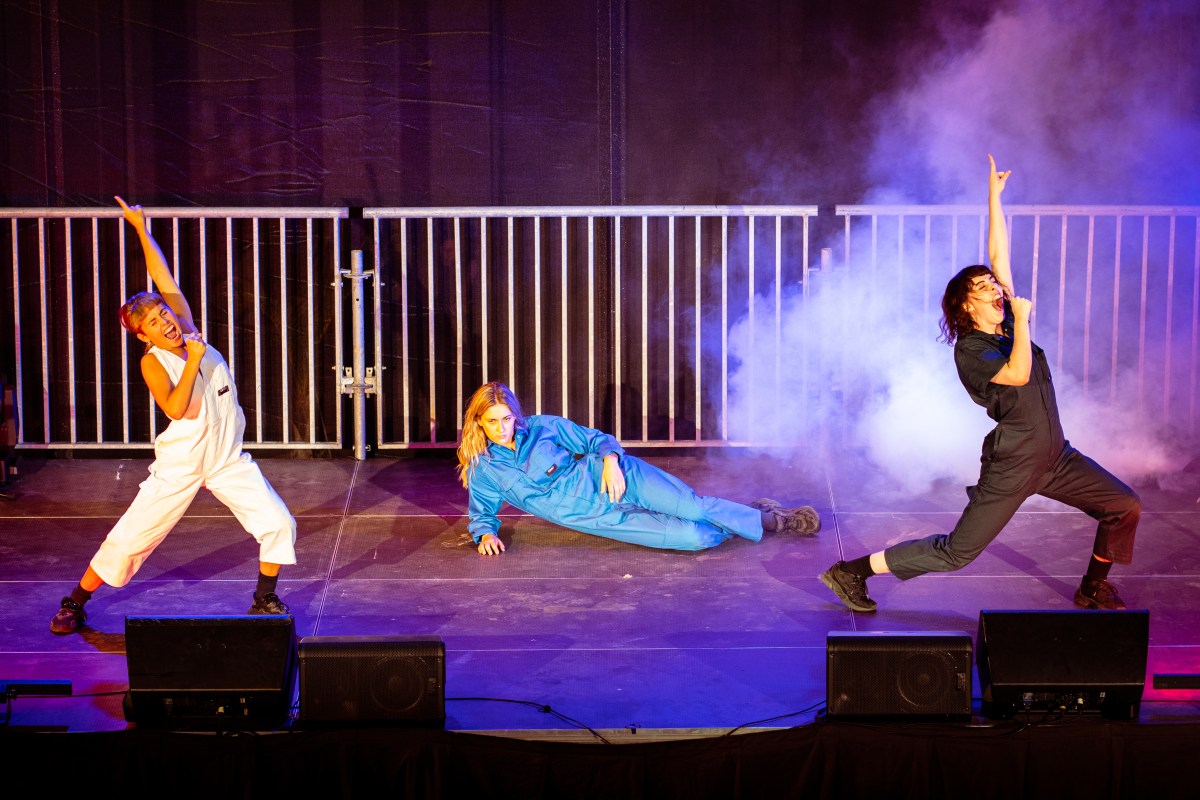(From the Archives)
During the first waves of COVID, support for the arts reached $475 million in much-needed public funding to keep the sector afloat. But as companies apply for funds, there’s arguably another arts group who aren’t in full view.
It doesn’t often make headlines, but young people aged 15 to 24 have borne the brunt of COVID job losses in Australia, making up 39% of those rendered unemployed by the pandemic (according to economist Saul Eslake’s recent keynote at APAM 2021).
They also still struggle to find work, with employment rates for this age group down 16% on pre-COVID levels, whereas work rates for other age groups have almost bounced back.
Young people are also the most active contributors to the arts in the country. In the Australia Council’s June 2021 report Towards Equity it showed that 40% of young people give time and money to the arts, compared with the national average of 26%.
So what’s it like to be part of the most giving, yet most job-affected arts group right now?
As ArtsHub learned from three young people working in the arts – a visual artist, a dancer and a choreographer – their experiences vary, but the informal support networks they’re building for themselves are crucial to their ability to navigate a way through the current crisis.
YOUNG ARTISTS’ FIRST STEPS
Perth-based visual artist Pip Lewi (aged 24) has been building their illustrative art practice alongside a variety of day jobs since graduating from university with a visual arts degree in 2018.
Lewi told ArtsHub that when they decided to start their largest project to date (a three month artist residency culminating in a solo exhibition late last year), their artist friends were vital to taking that leap.
‘I’d been paying for my art projects from my own pocket,’ Lewi said. ‘But it was getting to a point where it wasn’t very sustainable, long term, to keep doing that, especially if I wanted to push myself to do more ambitious projects.
‘I decided to apply for a [WA] government arts grant, which I’d never done before, and I had no idea how to do it,’ they continued.
‘Grants are like a whole other language! And I didn’t learn any of that at uni. Luckily, I had [older] artist friends who sent me their previous funding applications to help me learn about how to do it. It took me a long time to apply – learning how to reframe my project in more marketing terms than art terms,’ they said.
‘Grants are like a whole other language! And I didn’t learn any of that at uni.’
– 24 year old Perth artist Pip Lewi.
The experience of applying for this grant also showed Lewi the gap between youth funding and the next level.
‘The only grants available for young artists [up to 26 years] have a maximum amount of $3,000, and that wasn’t going to be enough to do what I wanted to do. The next level up [in WA] is to apply for up to $15,000. But those grants are for WA artists from all art-forms, at all stages of their careers – so that felt like a big jump,’ they told ArtsHub.
Read: Young Australians see the arts as ‘inseparable’ from their lives
For 24 year old Perth contemporary dance maker Kimberley Parkin, who develops and presents her performance works alongside her day job as a disabilities support worker, government grants have also been a vital part of her journey. And like Lewi, she’s had strong mentoring to help make it happen.
‘For my latest work [Cry Baby, which was successfully presented at Perth’s 2021 Fringe World], an experienced Perth choreographer reached out to me and said she saw potential in the project,’ Parkin told ArtsHub.
‘That was huge for me. She has gone on to support me in so many ways – especially when it comes to funding and grants.’

Parkin said her mentor’s knowledge of the [WA government] funding system was crucial, but what’s really made a difference is her commitment to Parkin’s potential.
‘I think it’s hard to start that [grant application] process if you don’t have anyone believing in you yet,’ Parkin said. ‘As soon as I actually delved into that funding world, I realised that it’s not that daunting – it’s actually just a formula to complete, but I never would have done that without that mentoring support.’
SHORT TERM VERSUS LONG TERM THINKING FOR YOUNG ARTISTS
Applying for, and receiving, arts money from the government has made Parkin extremely grateful, but the process meant she pivoted her thinking to ensure her project matched the funding system.
‘I learned that an arts grant application is based on your project’s concept and how you’re going to deliver that, and you need to demonstrate very clearly how it’s going to be successful in that way.
‘You have to be very clear-cut in what you’re planning to achieve,’ she said.
Lewi agreed that grants require a focus, and that end results can be at odds with the artistic development.
‘To get the grant, I needed to have a very specific idea and show how I was going to deliver that project,’ they said.
‘It made me realise how funding that is out there is really more for projects that are outcome based. But I think as a practicing artists, sometimes you want to keep practicing, but you don’t necessarily have an appropriate outcome to show yet,’ Lewi continued.
‘One of my artist peers actually mentioned to me recently that there used to be these “ArtsStart” grants for emerging artists available through the Australia Council. These were grants that gave a $10,000 amount to young artists to help them start their art careers without a particular exhibition outcome necessarily. When they said that, I just thought – wow! Imagine that … If only those existed now.’
‘You have to be very clear-cut in what you’re planning to achieve.’
24 year old Perth based dance artist Kimberley Parkin.
For 23 year old contemporary dancer Rhiana Katz, who works on dance projects in between her two part-time retail jobs, a grant such as ArtStart would serve her needs perfectly, because at the moment, she can’t see any government funding that applies to her goals.
‘Personally, don’t feel like grants are accessible [to me],’ she told ArtsHub.
‘As someone who is wanting to be more of a dancer, I feel like there are some other places that I can go to that have helped me [progress my career] and that have provided me with work, but mostly, I feel like I’m relying on my friends or the people around me who are making work to then ask me to dance for them,’ she said.
EARLY CAREER BURN-OUT IS REAL
All three young artists agreed that forging an early arts career is difficult, and cited the precariousness of arts opportunities and the stress of job-juggling as reasons some of their peers have already dropped out of working in the arts.
‘I know artists in my cohort who in some ways found it too steep of a learning curve,’ Lewi said. ‘When they’re juggling work, and all these sorts of other responsibilities that being in your early 20s asks of you, it can get too much.’
Katz knows that stress firsthand. ‘I’m still trying to work out how to take time off when you need it for arts projects without getting fired,’ she told ArtsHub.
‘Once you can sustain yourself mostly through dance financially, then you can work in another job maybe just one or two days a week. But I’m not at that point yet,’ she said.
‘I’m through that initial, “I’ll work for free” part of my career,’ Katz continued. ‘And now I‘m navigating that interesting time of wanting to build my career in the arts. Not necessarily in a way that will give me thousands and thousands of dollars, but even still, just to pay the bills whilst doing this – it’s a challenge,’ she said.





